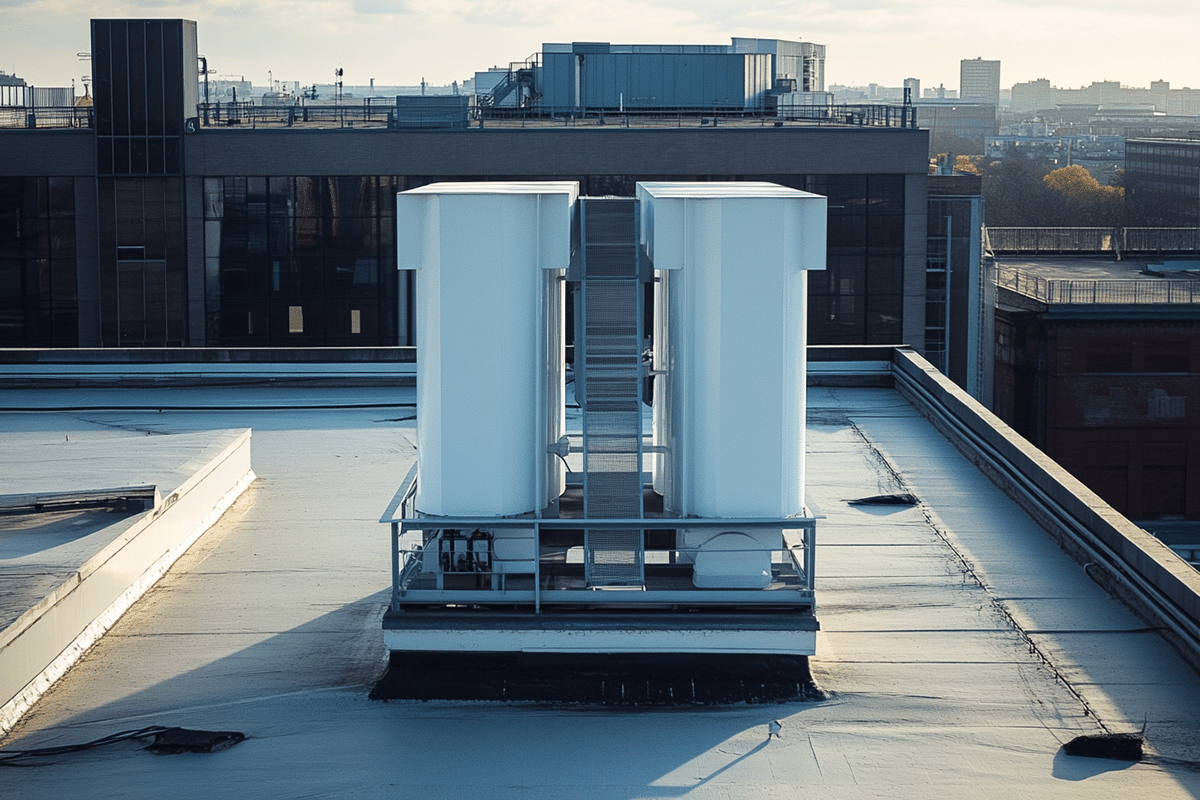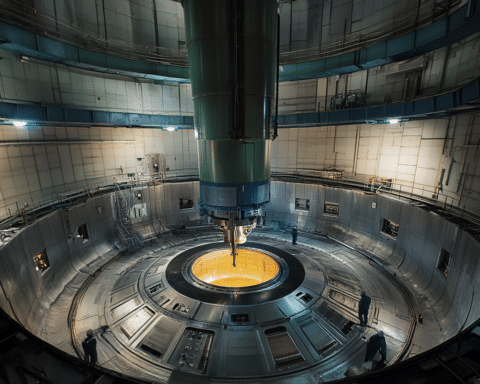In an innovative step towards greener energy, the UK’s first “motionless” wind turbine has been installed on the roof of BMW’s manufacturing plant in Oxford, marking a significant shift in how wind power can be harnessed. Unlike traditional wind turbines with large rotating blades, this new system, designed by Aeromine Technologies, utilizes a bladeless design that prioritizes efficiency, noise reduction, and wildlife safety.
The turbine’s design is radically different from the traditional models commonly seen in wind farms. Instead of using large spinning blades to capture wind energy, the turbine features a large central column and vertical airfoils, which resemble the curved structures of airplane wings. The turbine works by creating a vacuum effect, which accelerates wind flow into the unit. Positioned on the edge of the building and aligned with the prevailing wind, the design further increases the wind speed entering the system.
As the wind flows into the unit, the air is pulled through the bottom, where a propeller spins a generator to produce electricity. This innovative design helps overcome the limitations of traditional wind turbines, such as noise pollution, vibrations, and potential harm to wildlife. Additionally, it complements existing renewable energy systems, such as the solar panels already installed on the BMW plant’s roof, particularly during the UK’s windier seasons when solar energy production drops.
The installation of the motionless turbine is part of BMW’s ongoing efforts to reduce its carbon footprint and transition to renewable energy sources. Solar panels have already been successfully installed across the plant, but given the UK’s often overcast weather, especially in the winter months, solar power alone cannot meet energy demands. The new wind turbine aims to fill this gap by generating electricity during periods when the sun is not shining, but the wind is still blowing.
Beyond its ability to produce energy in windier conditions, the turbine offers a quieter alternative to traditional wind turbines, addressing concerns around noise and vibrations often associated with conventional designs. This aspect is particularly beneficial in urban or residential areas where noise pollution from large turbines can be disruptive.
Moreover, the motionless wind turbine addresses the long-standing issue of wind turbines’ impact on wildlife, particularly birds. Traditional turbines, while not the largest threat to bird populations compared to other human-made structures, have been known to cause fatalities, especially among vulnerable species. The new bladeless design drastically reduces this risk, offering a more environmentally friendly solution.
Despite the promising features of this new technology, replacing existing wind farms with motionless turbines would be a costly and challenging endeavor. For now, this installation at the BMW plant represents a step forward in renewable energy innovation, offering a glimpse into how future wind energy systems might evolve. As the demand for clean energy continues to grow, more sustainable and wildlife-friendly designs like this could become increasingly prevalent in efforts to combat climate change.





